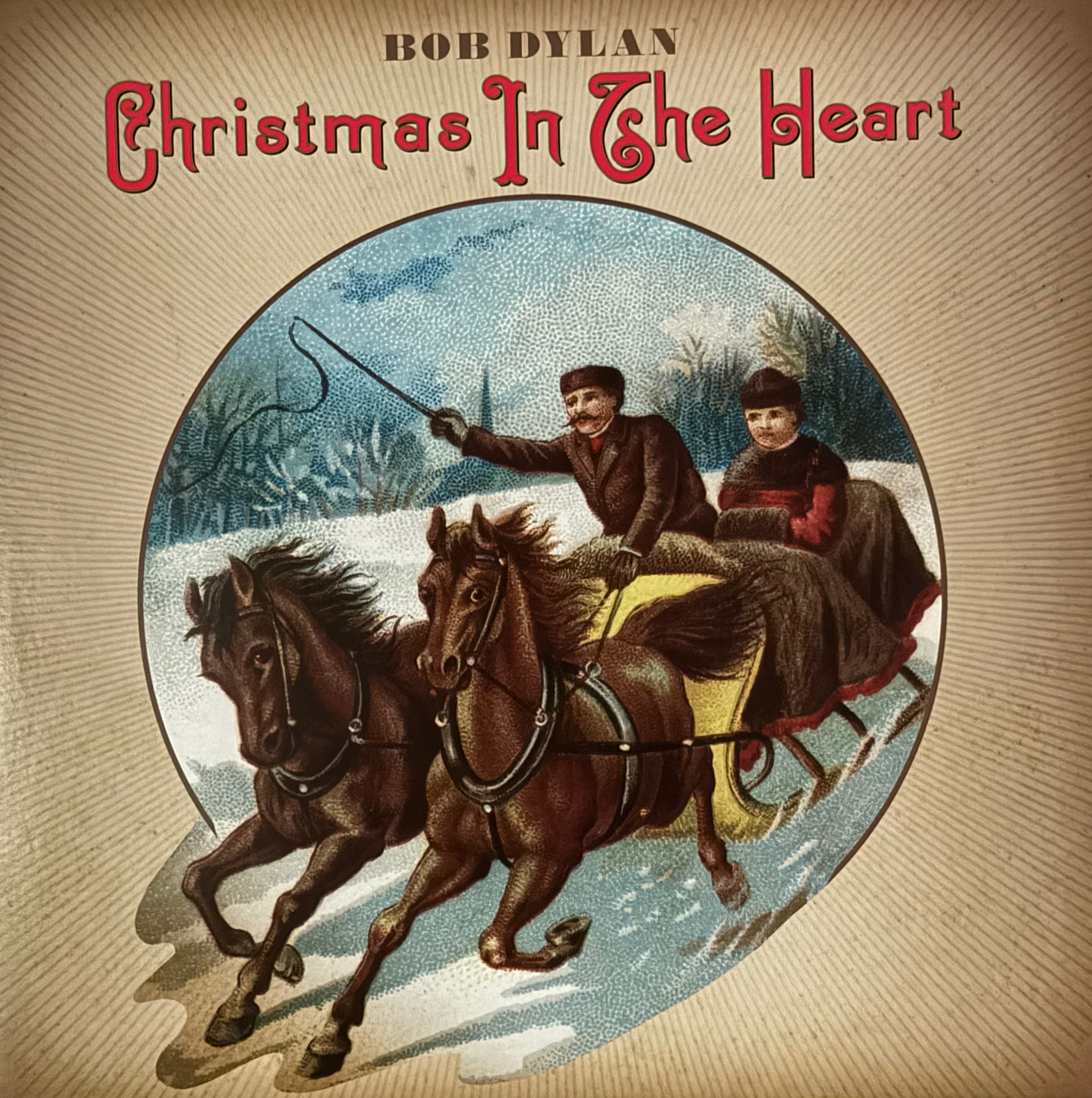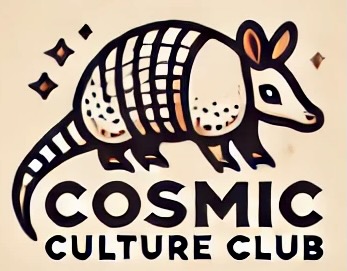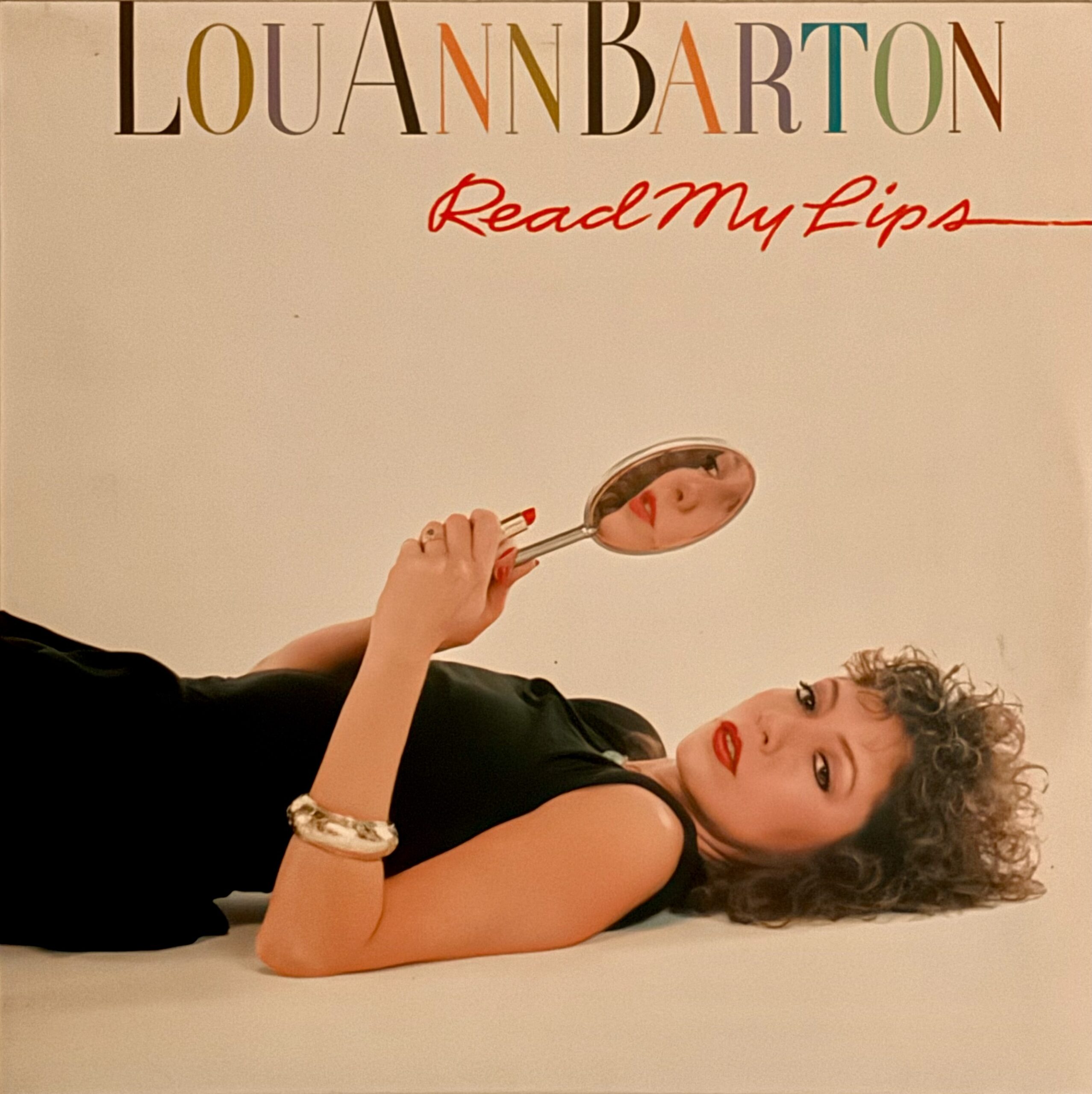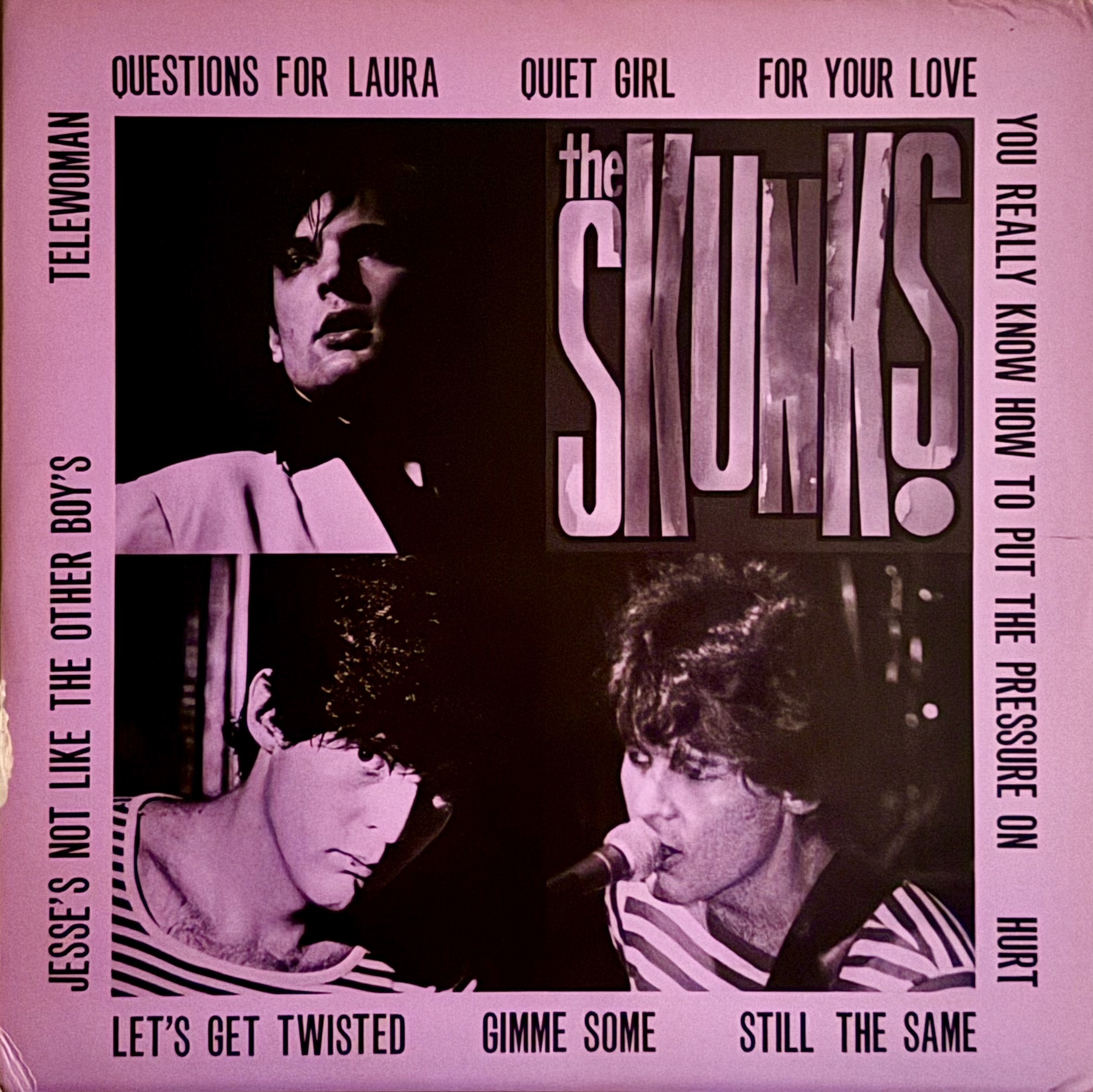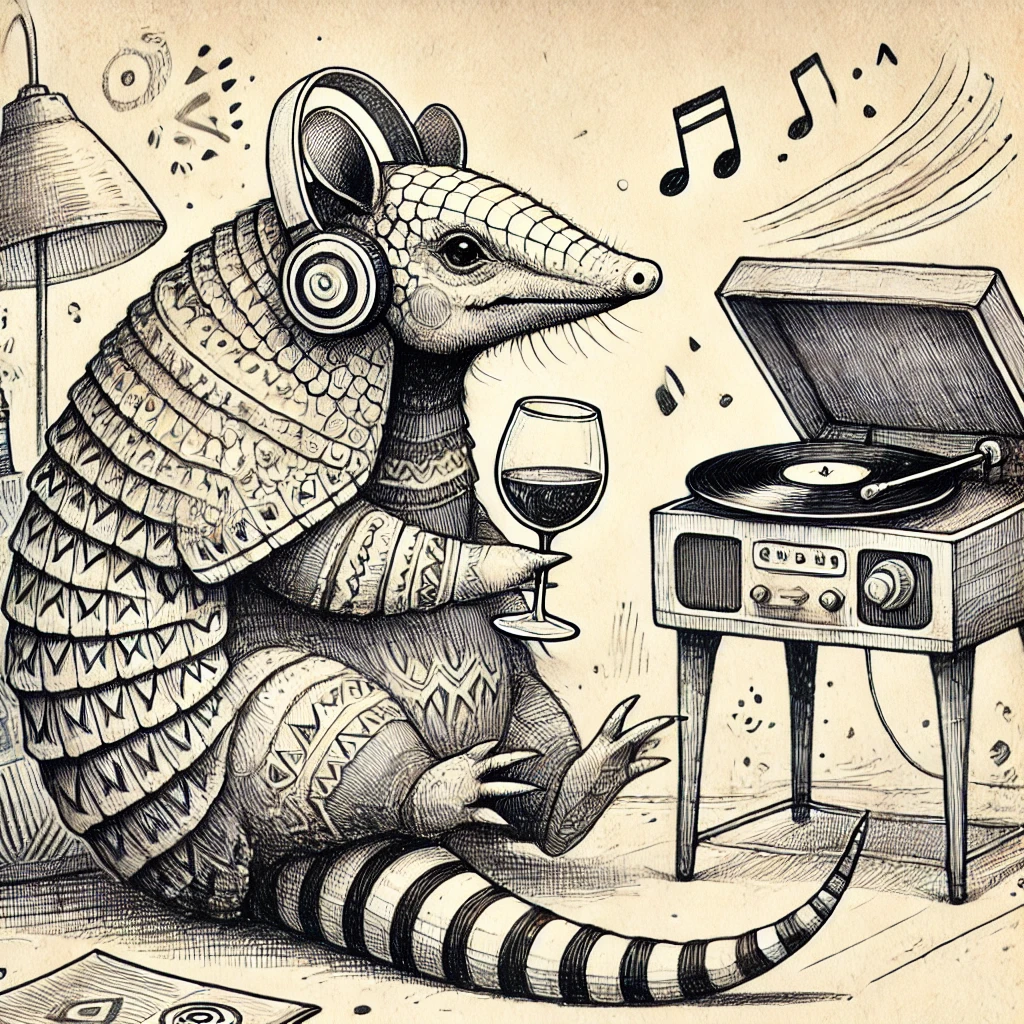Bob Dylan
Overview
Bob Dylan releasing a Christmas album is one of life’s fun surprises. Despite being raised Jewish, Dylan said he never felt left out at Christmas. These songs were everywhere, anyone can relate to them. They are like folk songs. The album wasn’t a quick money grab like we see from pop stars. In a full embrace of the Holiday spirit, all of Dylan’s royalties are donated to Feeding America for perpetuity.
Vibe
Christmas in the Heart is a collection of traditional songs played in a straight-forward style. It’s so on the nose that skeptical critics claimed it was ironic, but Dylan shot that idea down. “Critics like that are on the outside looking in. They are definitely not fans or the audience that I play to. They would have no gut level understanding of me and my work, what I can and can’t do—the scope of it all. Even at this point in time they still don’t know what to make of me.”
This is the album to put on when you are looking for classic Christmas tunes done right. While the songs are played in the classic style, they are unmistakably Dylan songs as well. It’s traditional enough to check all the boxes for a holiday party, but good enough to listen to when you are alone as well. The music is played by the same band who backs him on the never-ending tour, including Asleep at the Wheel alum Tony Garnier. Be careful, Dylan’s version of “Must be Santa” is an earworm that will stick with you.
Companion Album
Speaking of Tony Garnier…The Wheel was one of the final albums he recorded with Asleep at the Wheel before leaving to join Bob Dylan’s band. This is a good excuse to listen to him at two very different stages of his career. His thumping bass provides a backbone for the jazz sound Asleep at the Wheel lean into on the The Wheel, and it is a welcome companion to the traditional music played by Dylan on Christmas in the Heart. Together, it’s a good time with a group of old friends.
Cranberry Gin & Tonic
Some Christmas cocktails are not much more than a regular drink decorated with a flurry of garnishes. This is one of those drinks. Lean into decorating it, but still enjoy the crisp, simple flavor of the Gin & Tonic you know and love. Drop a couple of cranberries in for the pop of color, a sprig of rosemary is a nice stand in for a christmas tree, and the juniper berries not only make it look special but also release a fresh, piney fragrance that enhances the botanical profile of the drink, complementing the flavors of the gin.
Ingredients
- 2 oz Gin
- 5 oz Tonic Water
- Sprig of Rosemary
- Fresh Cranberry
- Dried Juniper Berries
Directions
Pour gin into ice filled glass. Top with tonic water and stir gently. Garnish with cranberries, rosemary, and juniper berries.
